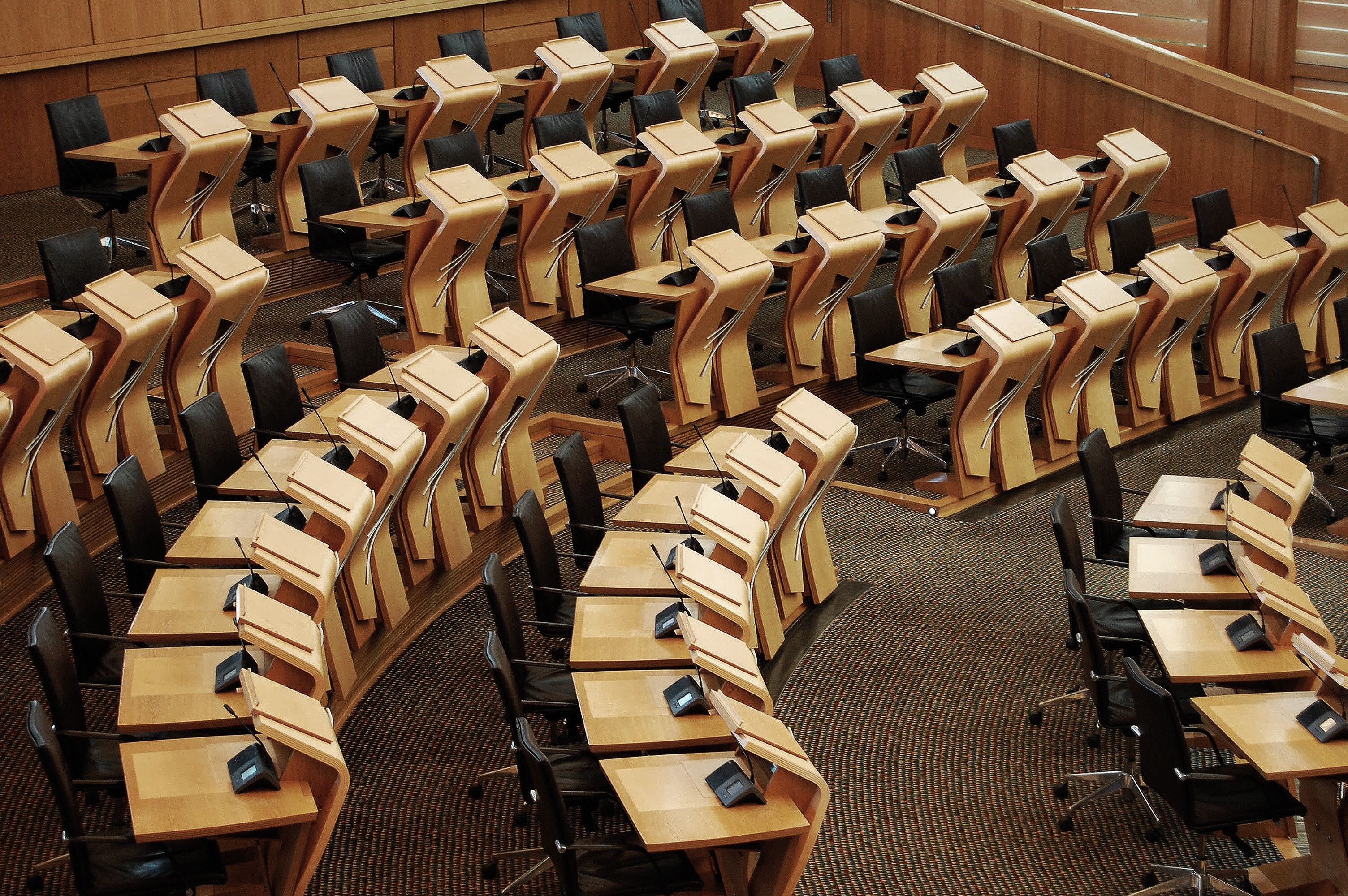Chapter 3
Accelerate the clean, just energy transition
Read this chapter
Policies
Read more
Browse policies
Accelerate the clean, just energy transition
Policy
Adopt an unequivocal policy position against new oil and gas exploration or extraction in Scotland
View
Policy
Ensure that community ownership of energy is a substantial part of the energy transition, setting a target to have 1GW of community-owned energy in Scotland by 2031 and 25% of energy installations in community ownership by 2040
View
Policy
Enable the establishment of locally-owned public energy and heat companies, co-owned by community organisations, to help ensure a social mandate for renewables and deliver substantial benefits for local economies and communities
View
Policy
Continue the ban on new nuclear energy production
View
Policy
Restrict any use of negative emissions technologies (NETS) to the most hard to decarbonise heavy industry and ensure any inclusion of these is backed by a credible, science-based delivery plan
View

